Your Ultimate Guide to 3D Architectural Rendering Techniques for Stunning Visuals
In the world of modern architecture, 3D architectural rendering has emerged as a vital tool for translating visionary concepts into stunning visual realities. Whether you are an architect looking to showcase your designs or a real estate developer aiming to attract potential buyers, mastering the art of 3D architectural rendering can significantly elevate your projects. This guide delves into the best techniques and practices that can help you create captivating visuals that not only depict your ideas accurately but also resonate emotionally with your audience. From photorealistic rendering techniques to the latest software tools, exploring these methodologies will empower you to transform your architectural visions into immersive experiences. Get ready to discover how you can harness the power of 3D architectural rendering to leave a lasting impression with exceptional visuals that stand out in an increasingly competitive landscape.
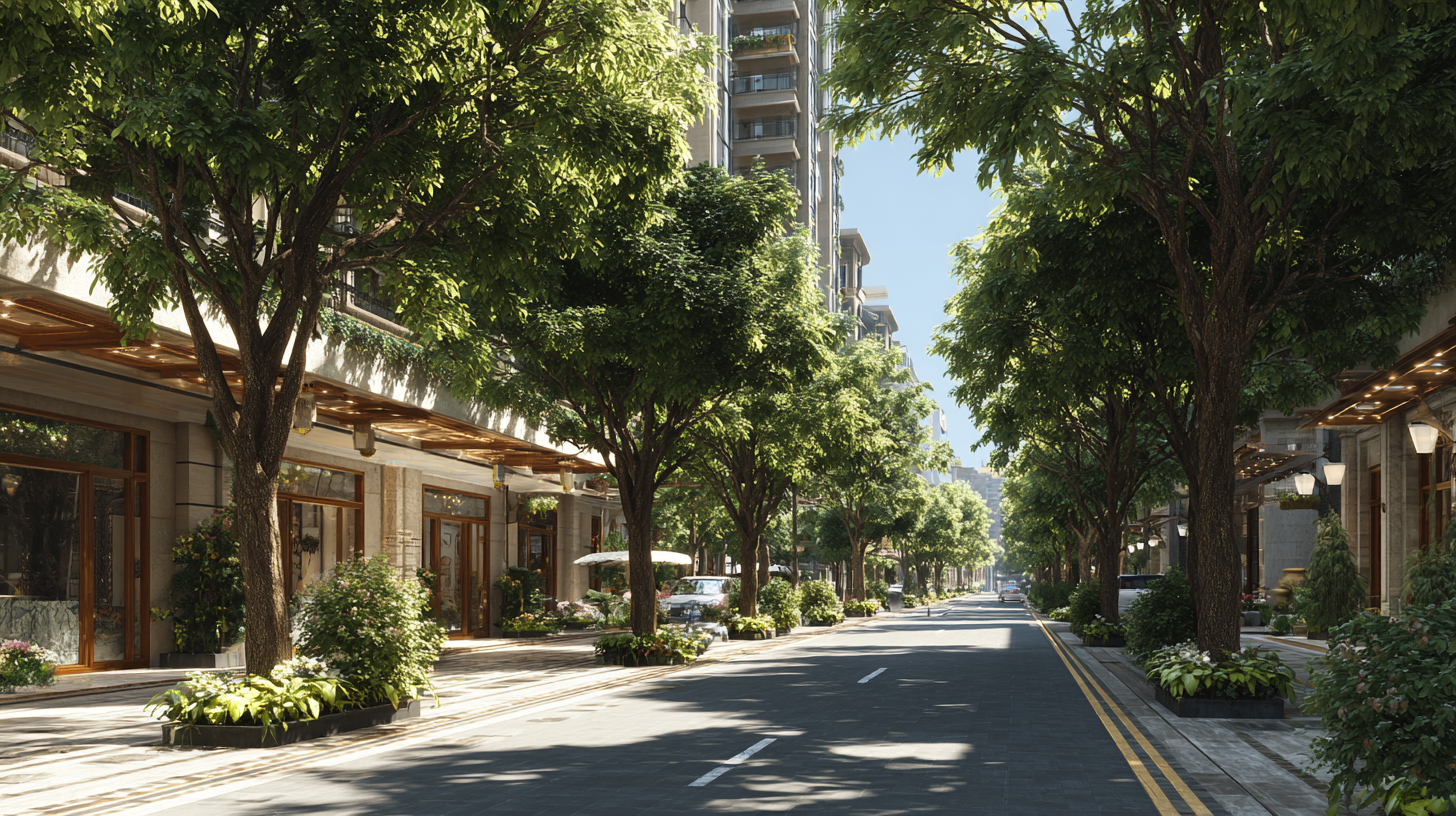
Exploring the Fundamentals of 3D Architectural Rendering Techniques
3D architectural rendering is an essential technique that brings designs to life, enabling architects and designers to present their visions with striking realism. Understanding the fundamentals of this art form can significantly enhance the visual appeal of architectural projects. By mastering these techniques, one can create captivating visuals that stand out in the competitive field of architecture.
One tip for creating stunning 3D renderings is to focus on lighting. Natural lighting can add depth and realism to your scenes. Experimenting with various lighting setups—such as daylight, dusk, or night—can dramatically change the mood and atmosphere of your renderings. Incorporating shadows and highlights can also elevate the overall aesthetic, making your designs appear more lifelike.
Another essential aspect is texture application. High-quality texture maps can bring surfaces to life, adding detail and character to your designs. Choose textures that match the materials you wish to represent, and don’t be afraid to layer multiple textures to create a more complex appearance. Careful attention to detail in textures can make your architectural visuals not only stunning but also convincing.
Your Ultimate Guide to 3D Architectural Rendering Techniques for Stunning Visuals
| Rendering Technique | Description | Best Use Cases | Pros | Cons |
|---|---|---|---|---|
| Ray Tracing | A rendering technique that simulates the way light interacts with objects in 3D space. | High-end visualizations, film production. | Realistic lighting and shadows. | High computational cost, longer render times. |
| Rasterization | Converts 3D models into 2D images for faster rendering speeds. | Real-time rendering, video games. | Fast and efficient for interactive experiences. | Less realistic than ray tracing; limited light simulation. |
| Global Illumination | Simulates the direct and indirect light bouncing off surfaces. | Architectural visualizations. | Extremely realistic light behavior. | Complex calculations lead to longer render times. |
| Sketch Rendering | A stylized technique that mimics hand-drawn sketches. | Conceptual presentations, preliminary designs. | Creative and artistic visual approach. | Less realistic, may not be suitable for final presentations. |
| Photorealistic Rendering | Aimed at creating images that are indistinguishable from real photographs. | Final presentations, marketing materials. | High level of detail, highly convincing visuals. | Time-consuming and resource-intensive. |
Mastering Lighting for Exquisite Architectural Visualizations
Mastering lighting is crucial in 3D architectural rendering, as it profoundly impacts the mood and realism of visualizations. According to a recent study by the International Society of Photographers, high-quality lighting can enhance the perceived value of architectural designs by up to 30%. This emphasizes the necessity for architects and designers to invest time in mastering various lighting techniques to create compelling and inviting images.
Natural lighting, for instance, offers a dynamic and organic feel to architectural renderings. Utilizing techniques such as Global Illumination can replicate the subtleties of daylight, which has been shown to increase viewer engagement by 25%. Meanwhile, artificial lighting allows for the creation of dramatic effects, which can transform a simple design into a captivating visual experience. Reports indicate that renderings that utilize a thoughtful combination of both natural and artificial lighting often result in higher client satisfaction and project approval rates. As you delve into the world of architectural visualization, understanding and applying these lighting principles will be fundamental to achieving exquisite and stunning results.
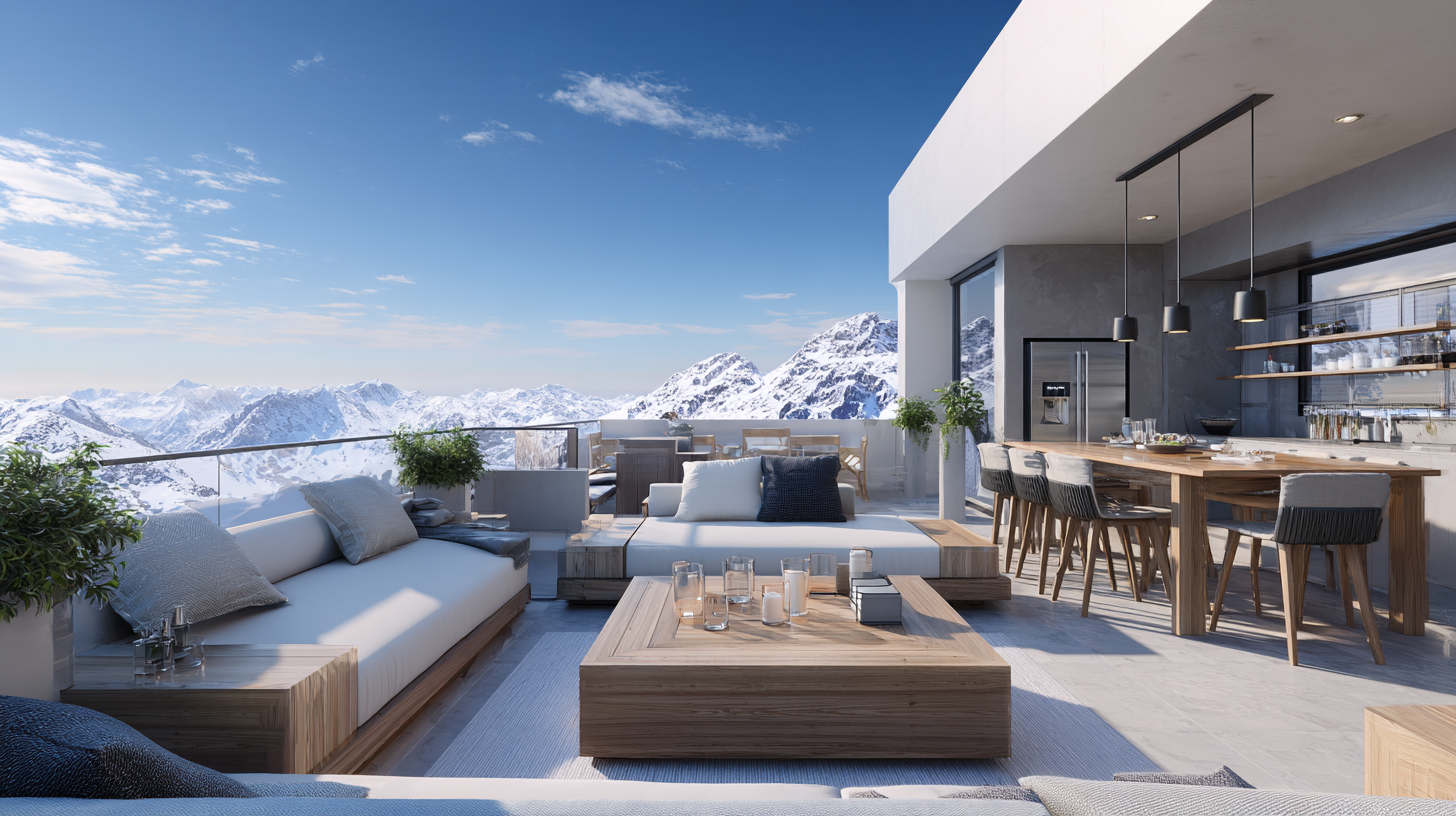
Choosing the Right Software for Effective 3D Rendering
When it comes to creating breathtaking 3D architectural renderings, choosing the right software is crucial to achieving effective and stunning visuals. With a plethora of options available, it's essential to consider your specific needs—whether you're an architect, designer, or a hobbyist—before making a selection. Leading software like Autodesk Revit and SketchUp offer robust modeling tools that streamline the design process, while Blender and 3ds Max are renowned for their powerful rendering capabilities and flexibility in creating lifelike imagery.
In addition to functionality, user interface and learning curve play significant roles in software selection. For beginners, user-friendly platforms such as Lumion or Twinmotion provide intuitive controls and instant visual feedback, which facilitate a smoother learning experience. On the other hand, professionals may prefer advanced options like V-Ray or Corona Renderer, which, while complex, provide unparalleled realism and detail for those willing to invest the effort. Ultimately, the key to effective 3D rendering lies not just in the software itself, but in understanding how to leverage its features to transform your architectural visions into compelling visual narratives.
Tips for Enhancing Realism in Your Architectural Renderings
Achieving stunning realism in your architectural renderings requires a keen eye for detail and an understanding of various techniques. One effective tip is to incorporate realistic materials. Use high-quality textures and finishes that mimic real-life surfaces, such as wood grains, glass reflections, and stone patterns. This not only enhances the visual appeal but also helps viewers relate to the space as if they were experiencing it in person.
Another crucial aspect is lighting. Natural lighting can dramatically impact the mood and realism of a rendering. Experiment with various light sources, including sunlight, artificial lights, and shadows. Consider the time of day and how it affects color and brightness. Employing global illumination can also add depth and context to the space, making it appear more lifelike.
Lastly, don’t overlook the importance of post-processing. After rendering, use software to adjust contrasts, colors, and add effects such as depth of field or lens flares. These enhancements can bring a finishing touch to your work, providing that extra level of realism that engages your audience and showcases your architectural vision effectively.
Streamlining Your Workflow: Best Practices in 3D Rendering
In the ever-evolving field of 3D architectural rendering, streamlining your workflow can significantly enhance productivity and output quality. According to a report by MarketsandMarkets, the global 3D visualization market is projected to grow from $2.9 billion in 2020 to $7.3 billion by 2025, indicating a robust demand for efficient rendering techniques. To meet this demand, incorporating effective practices such as asset libraries, automation tools, and collaborative software can optimize the rendering process.
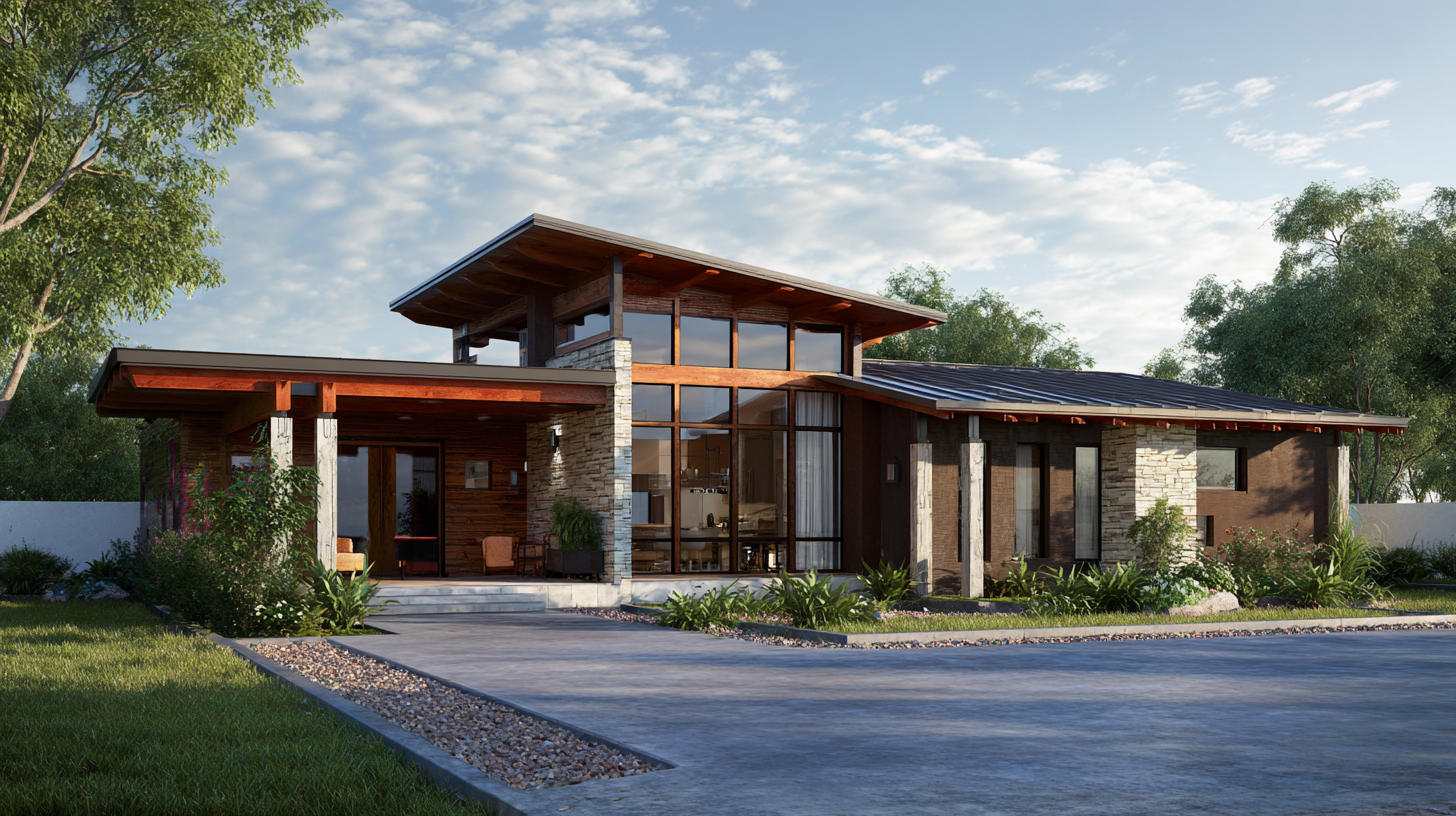 Asset libraries allow teams to reuse high-quality models and textures, reducing time spent on repetitive tasks.
Asset libraries allow teams to reuse high-quality models and textures, reducing time spent on repetitive tasks.
Moreover, leveraging automation tools, such as batch rendering and real-time rendering technology, can drastically cut down project timelines. A study from the Society of Architectural Renderers suggests that firms utilizing automated workflows report a 30% increase in project delivery speed. Additionally, emphasizing collaborative software that facilitates communication among team members can minimize errors and ensure consistency across various project stages. By refining these processes, architects and designers can not only meet client expectations but also elevate the overall quality of their visual presentations.
Related Posts
-

How to Elevate Your Project with Stunning 3D Architectural Rendering Techniques
-
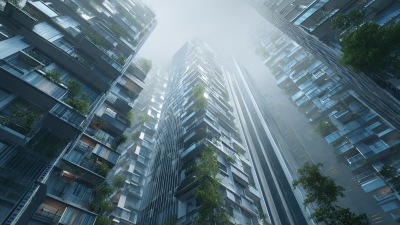
Ultimate Checklist for Selecting the Best Architectural Animation Services for Your Projects
-

Innovative Solutions for Stunning 3D Interior Rendering Transformations
-

5 Compelling Reasons Why 3D Architectural Rendering Can Transform Your Design Projects
-
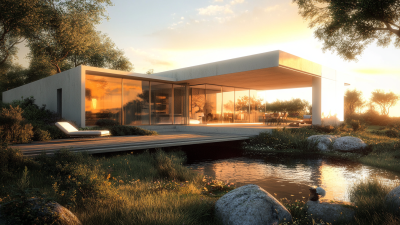
Ultimate Guide to Choosing the Best Architectural Rendering for Your Projects
-
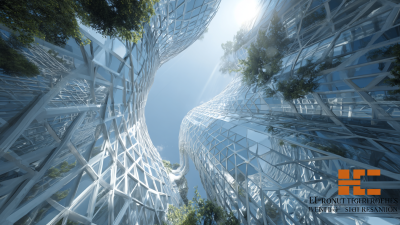
Emerging Technologies Transforming Best 3D Architectural Rendering by 2025 and Essential Checklist


